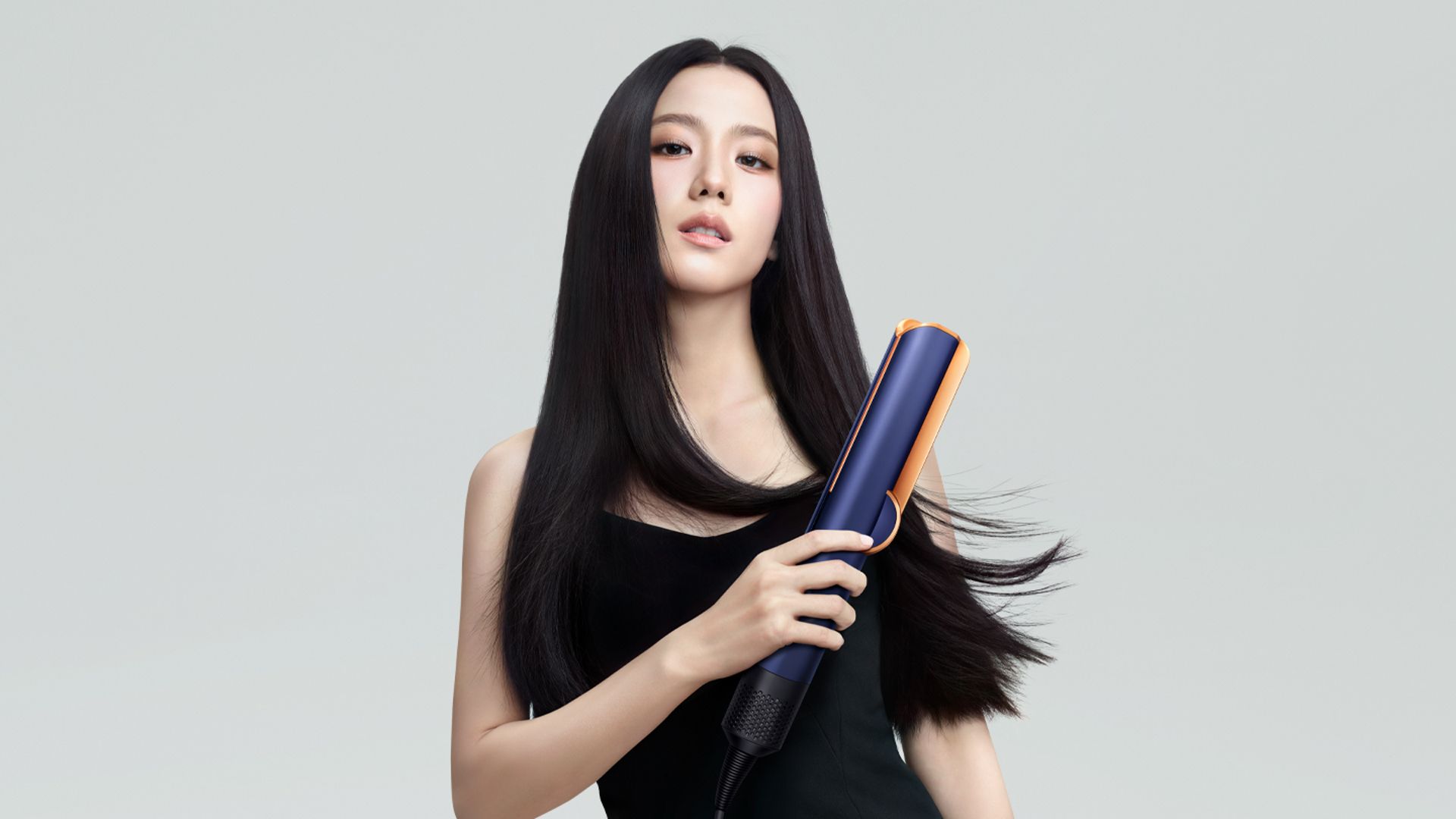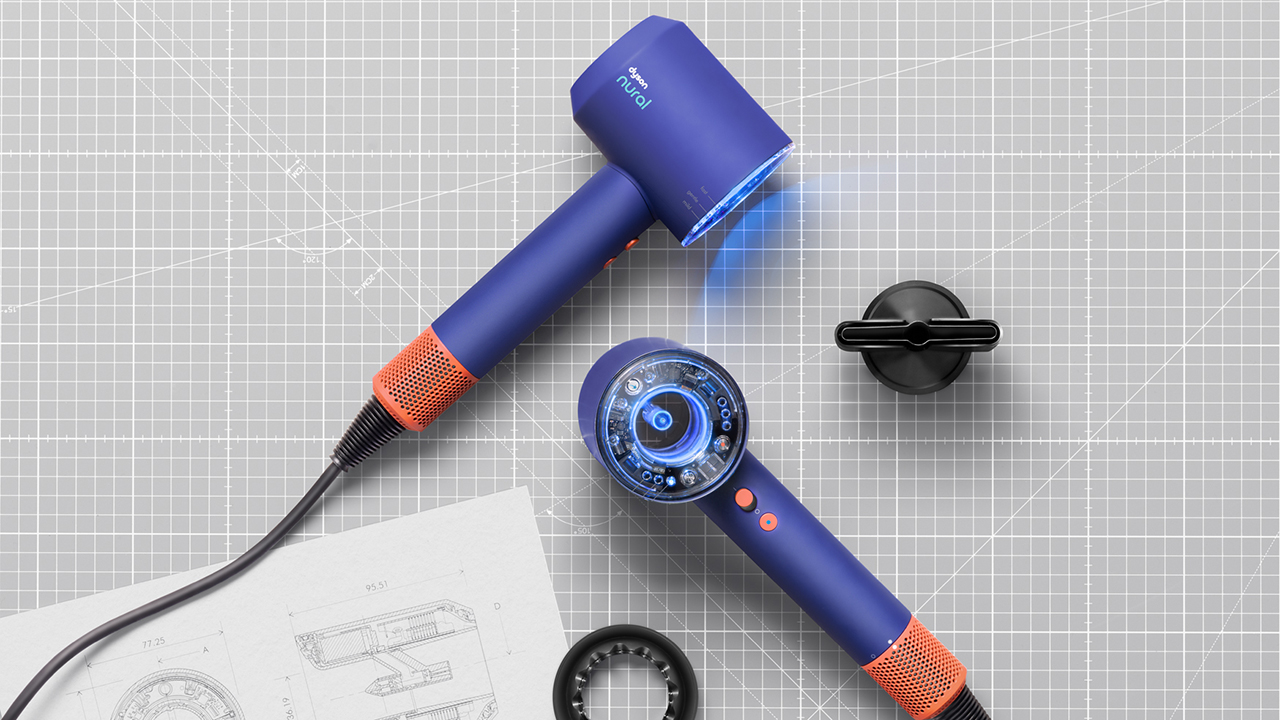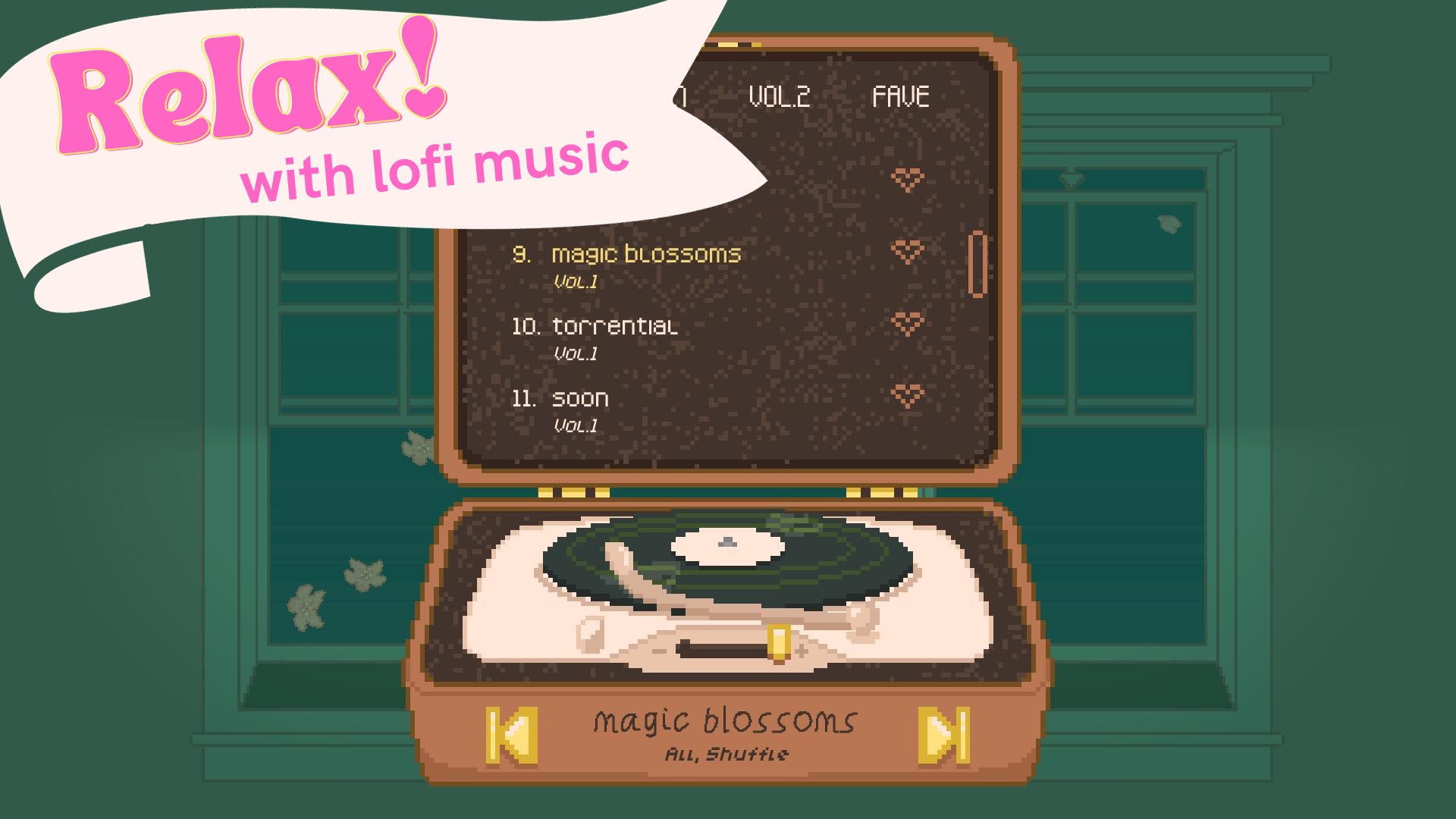Her GadgetMatch
OPPO R11s review: Midrange selfie powerhouse

Last month, I flew to China for the OPPO R11s launch and got to spend time with the near-borderless smartphone. In the last few weeks, I’ve been trying out the international R11s, and this is my verdict.
The R11s is a follow-up to the R11 released last June. In this review, I’ll talk about my experience with the device and answer tough questions like: Is this R11 update worth it? How does the phone perform? Are the cameras better? What’s the point of a “Starry Sky” screen?
I also tackle the R11’s AI beauty mode because I like taking selfies and the world needs more beauty mode reviews.
Painting the town red
Our OPPO R11s unit came in deep red. I like this color option as it perfectly matches this season’s festive theme. In fact, the red all-metal body matches a lot of things: Ruby Woo lipstick, Dorothy’s ruby slippers, my hair, my heart ❤️… the list goes on.
The R11s also comes in black or champagne for those of who like less daring options. However, unique to the red version is what OPPO calls the “Starry Sky” screen — that black to red gradient on the phone’s front which makes for a seamless transition from the bezel to the body.
This “Starry Sky” screen sans actual stars ⭐️ is one of my favorite near-borderless design features. The subtle gradient is a nice identifying detail in the present sea of bezel-less devices that, more or less, all look similar up front.

OPPO R11s and the beauty of the “Starry Sky” screen (top) vis a vis the normal near-borderless screen of the OPPO F5 (bottom)
Speaking of bezel-less devices, their onslaught has made bezelled phones look dated — the R11 included. The R11s fixes that.
This new screen has an 18:9 aspect ratio — which basically means the view is taller or wider, depending on which orientation you use the phone in. Other than that, the screen should be the same as the R11’s with the same color, brightness, and durability. All these things I can attest to, except for the durability, because I’m not dropping these phones on purpose just to check.
What’s on the inside
Of course, with great screens come great responsibility — and certain sacrifices in the form of the loss of capacitive buttons and the fingerprint scanner up front. Said scanner has been demoted and moved to the back.
Admittedly, I initially hated the idea of having the scanner on the phone’s rear. I had to flip my phone over or lift it up from the table (yeah, all that work, shocking!) to unlock, as opposed to just tapping with a finger like I used to do when the scanner was up front. But, I eventually got used to it and it helped that the fingerprint scanner on this thing was pretty quick and accurate.
The R11s also has facial unlock technology which works well when lighting is good, but is a bit unreliable in less than ideal lighting scenarios. The phone doesn’t recognize me half of the time when I’m wearing glasses which is a bit weird since the phone would unlock even when my eyes were closed. (Beware y’all with snoopy partners!)
Unlock times were good at less than a second, though I’ve seen other devices do better.
With a midrange Snapdragon 660 processor, this phone is pretty capable. For the benefit of those who don’t deal well with specs, all this means is that you can pretty much do gaming…
… or more importantly, use Snapchat AR on this device without any trouble.
The R11s runs on OPPO’s ColorOS 3.2 which is basically the Android version of Apple’s iOS — I say that because the interface looks very much like an iPhone’s.
Battery capacity is at 3200mAh which lasts me a whole day and frees me from the burden of lugging around a power bank. The bad news? It still uses a micro-USB port! Back to more good news: It has VOOC charging, OPPO’s version of fast charging, and it only takes around an hour and twenty minutes from zero to a full charge. All this power in my hands! ✨
Picture perfect
With dual cameras on the rear, the R11s’ main selling point is that both shooters (16 and 20 megapixels) have wide apertures of f/1.7 which will allow more light to get in and make for even better low-light performance.
Of course, I tested that premise. I busted out the R11 whose dual shooters also feature 16- and 20-megapixel cameras, but with apertures of f/1.7 and f/2.6 (f/2.6 means smaller aperture which equates to less light). There was definite improvement. See for yourself:


The rear cameras are also equipped with a beauty mode built into the portrait mode. Perfect for shots like this…
… or this…
… and even group shots like this where everyone looks all cute and fresh, you don’t even realize someone is doing the cheers with jam. *cough* Chay *cough*
The front-facing shooter is a 20-megapixel camera. This camera’s beauty mode has integrated artificial intelligence. What does that mean? Simply that it uses machine learning to enhance your features and remove blemishes without looking too artificial — a qualm I’ve always had with OPPO’s beauty mode. With AI beauty mode, the phone gives you great selfies without blurring out actual facial features. Think along the lines of getting that fresh #NoMakeUp look (you girls know what I’m talking about! ?) every time, all the time, without actual makeup. See below:
Here are a few more photos (and a sneak peek of my life) from the R11s.
Is the OPPO R11s your GadgetMatch?
Although there’s still space for improvement when it comes to facial unlock technology, OS interface, and the micro-USB port, I still enjoyed this phone. Admittedly, there are faster, snappier, and more responsive phones I’ve tried out, but all my needs — funny games, Snapchat, VSCO and Adobe Lightroom photo editing — were met by the R11s. If you prioritize smartphone photography, selfies, and your Instagram feed, this may be the phone for you. I had way too much fun shooting selfies on this.
With these slight but impactful improvements, the R11s is definitely a better phone over the R11. Especially because it retails for the same price as the R11 when it was released: CNY 2,999 (around US$ 450) for black and champagne versions. The special red handset retails at CNY 3,199 (around US$ 480).
It seems these selfie experts are well on their way to becoming more than just that. In the meantime, I enjoy their efforts, my near flawless selfies, and all the pretty portraits I can shoot.
SEE ALSO: OPPO R11s hands-on and photo comparisons
SEE ALSO: OPPO R11 hands-on and photo comparisons
[irp posts=”15495″ name=”OnePlus 5 vs OPPO R11: Side-by-side Comparison”]


People may now straighten hair without worrying about heat damage. Dyson has launched the new Dyson Airstrait hair straightener, ushering a new era in hair straightening. As the product name suggests, this innovative tool introduces a new way to straighten hair using just air.
The Airstrait has a simple wet-to-dry straightening process. Airflow is accelerated through the two arms’ 1.5mm openings, creating a high-velocity downward blade of air at a specific angle. This creates a controlled downward force to straighten hair simultaneously as it dries.
With the tool, stylers can achieve a naturally straight and shiny finish that maintains the hair’s strength and healthy look. The Airstrait also speeds the process up by about 25%. What’s best is there is no heat damage, unlike traditional straighteners.
Designed for multiple hair types
The Airstrait runs on a specifically-engineered Hyperdymium motor, a 13-blade impeller that spins up to 106,000rpm and generates 3.5kPa of pressure. Like Dyson’s hair care range, the Airstrait features intelligent heat control that measures the airflow’s temperature to ensure there is no damage.
Users may switch between two styling modes: Wet and Dry. The Wet and Dry modes are pre-set with specific heat and airflow combinations for the best results. A Cool mode is also available to set the style. Moreover, the airflow control has two speed settings, low and high. Drying, meanwhile, can be set to cold shot or root drying.
The science
Dyson has constantly invested a lot financially in research and technology development to craft innovative products in its specific industry. In creating the Airstrait, Dyson engineers studied every detail, from airflow dynamics to hair structure. They also considered thermal, mechanical, and chemical damage and their effects to hair health.
In the end, the Airstrait works based on one key principle. In styling hair to a new shape, hydrogen bonds from each hair strand are broken down. Traditionally, this is done through heat or moisture. But Dyson came up with a tool that just lets water weaken the hydrogen bonds, and then style hair with the optimum level of heat and controlled airflow.
Price, availability
The Dyson Airstrait is available starting April 16 in two colorways: Bright Nickel/Rich Copper and Prussian Blue/Rich Copper. It is priced at PhP 33,900.
Those interested in preordering may already do using this link: Dyson Airstrait
Her GadgetMatch
Filipina who created Window Garden joins Google Play program
More indie games to come?

Filipina-owned CLOVER-FI Games is taking the next step to build more accessible mobile games through Google Play. One-woman developer and publisher Camilla Santiago is representing the country at Google Play’s Indie Games Accelerator (IGA) program this year.
Her CLOVER-FI Games studio is behind hit local game Window Garden. The idle game lets players plant and decorate their own virtual indoor garden while relaxing in chill vibes, lo-fi music, and a cottagecore aesthetic. It was released in October 2021, back when Santiago learned app development amidst the COVID-19 pandemic.
Windows Garden has since amassed a million downloads. In almost three years, it has been received well by gamers with a 4.7 rating based on more than 8,200 reviews.
Google Play IGA
The Google Play IGA is a 10-week course designed for high-potential indie game studios. The program allows these startups to access the best of Google’s programs, products, people, and technology to be able to build and improve a successful organization.
The last Philippine representative in the program was Ranida Games, which had created one-on-one fighting game Vita Fighters. Through IGA, the title received benefits, allowing the developers to improve it.
Like Ranida Games, Santiago’s CLOVER-FI Games is just getting started. Her studio’s goal is to ultimately create more cozy-themed games that are accessible to everyone through mobile platforms.
With the help of the IGA, Santiago will be equipped with the necessary skills and experience needed to create another potentially successful title just like Window Garden. We can only wait as she empowers Filipinas through her craft.

During its global launch event in Seoul, South Korea, Dyson has unveiled its “most intelligent hair dryer” yet: The Dyson Supersonic Nural.
The styling tool harnesses Dyson’s new automatic Nural sensor technology to protect scalp health and enhance hair’s natural shine.
One of the Dyson Supersonic Nural’s key features is a Scalp protect mode which is activated by the Nural sensors.
This automatically reduces the dryer’s heat as it nears a person’s head, protecting the scalp from damage. The process is done by having the sensors recognize when the dryer is already nearing the person’s head.
In addition, the Supersonic Nural’s LED light automatically changes under Scalp mode, depending on the distance from the head. Users will see yellow for low heat, orange for medium heat, and red for high heat, for convenient usage.
Moreover, the tool intelligently remembers your last used heat and airflow settings and will apply them the next time it is in use.
Price, availability
The Dyson Supersonic Nural comes in two color palettes: Ceramic Patina and Topaz or Vinca Blue and Topaz.
The entire package will come with five attachments, including two new ones:
- Gentle Air Attachment
- Styling Concentrator
- Smoothing Nozzle
- Diffuser
- Flyaway Smoother
However, the technology has not been made available in the Philippines yet as of writing time. To be the first to know when it arrives, sign up here.
-

 Accessories2 weeks ago
Accessories2 weeks agoApple Vision Pro Review: Two Months Later
-

 Features4 days ago
Features4 days agoFortify your home office or business setup with these devices
-

 Gaming1 week ago
Gaming1 week agoThe Rogue Prince of Persia looks like an ultra-colorful roguelite
-

 Philippines2 weeks ago
Philippines2 weeks agovivo Y100 to release in Philippines on April 27
-

 Deals2 weeks ago
Deals2 weeks agoSamsung Awesome April: Deals on Galaxy A series
-

 Gaming1 week ago
Gaming1 week agoStar Wars Outlaws release date revealed
-

 Events1 week ago
Events1 week agoStellar Blade: PlayStation taps cosplayers to play Eve for game’s launch
-

 Accessories1 week ago
Accessories1 week agoLogitech unveils G Pro X 60 gaming keyboard: Price, details














































